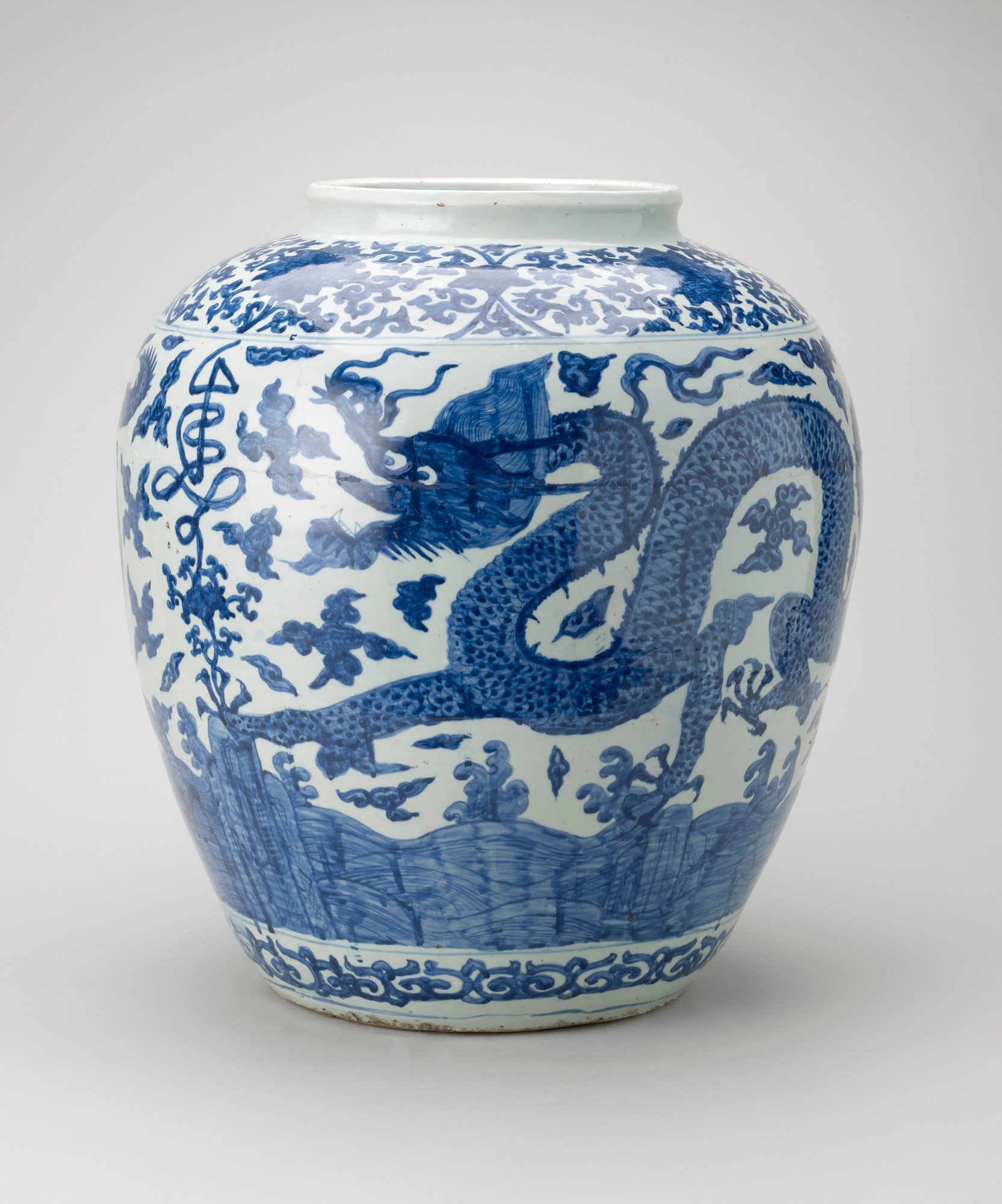
East Meets West
Extraordinary Chinese and Japanese Works of Art in the Royal Collection
Incense burner and cover
second half of eighteenth centuryRCIN 26809
The colourful, patterned design of this incense burner was created by arranging copper wire over a metal base and then adding coloured glass paste to the intricate framework. When the piece was fired at a low temperature the glass re-fused in the shape of the copper patterns, achieving a lustrous decorative surface. This technique is known as cloisonné enamelling. Cloisonné was introduced to China from the Near East as early as the Tang period (618–906) and by the Qianlong period (1736–95), when this incense burner was made, a whole range of decorative effects had been perfected. The burner was presented to Queen Victoria (1819–19011) in 1896 by the Chinese Ambassador, Li Hongzhang, and later displayed at Osborne House.







